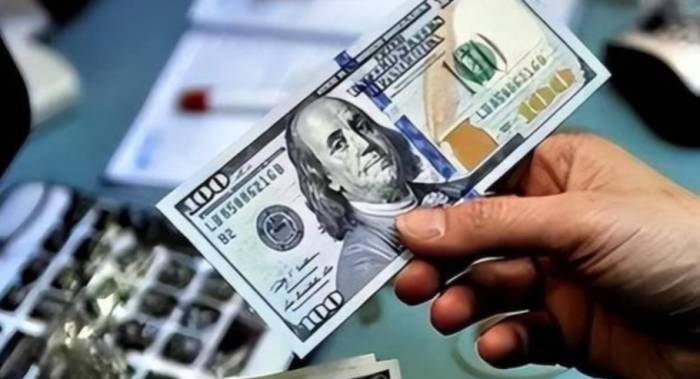As the United States embarks on its interest rate hike cycle, the curtain is raised on the financial battle between China and the US. The US debt crisis continues to be a source of trouble, with its former harvesting plans no longer feasible, while China seeks to maximize its own interests with flexible responses. In this contest, who will ultimately gain the upper hand?
Setting the Stage: America's Regret and Confusion
At that time, the United States seemed to be reliving history. The economic prosperity policies implemented during President Clinton's tenure were accompanied by various tax cuts and loose monetary policies during the subsequent Bush, Obama, and Trump administrations, causing the US debt to expand like a snowball. This not only allowed the US to enjoy the dividends of economic growth in the short term but also sowed the seeds of future risks. With the arrival of interest rate hikes, this series of confident financial policies ultimately turned into inevitable regret.
So, what made the United States realize its mistakes? It was the continuous prelude to the collapse of US debt.
China-US Financial War: A Background Story
On the global capital market stage, the United States has always been the confident protagonist. However, the backdrop of this international financial war is intricate. From the macroeconomic environment to international political relations, from the reorganization of the global supply chain to the rise of emerging market countries, all these factors are subtly influencing the financial game between China and the US. The US's previous harvesting plans seemed powerful but revealed many cracks in actual operation.
At the same time, China, as the world's second-largest economy, has gradually shown strong adaptability in its response strategies. Faced with the United States' tough stance and financial suppression, China did not choose direct confrontation but instead adopted more flexible policy responses. This is the original intention of the "three arrows" policy implemented by the People's Bank of China: to resist external pressures and promote economic self-recovery through means such as purchasing domestic assets, controlling local debt, and regulating the real estate industry.
China's Response Strategy: Seeking Progress in Stability
Under the shadow of US interest rate hikes, China's "three arrows" policy seems to have become a move to turn the tide against the wind. At that time, it was a critical period for the upgrading of China's technology and industry. This policy effectively guided market confidence and promoted the redistribution of resources. Especially in the real estate market, after a series of rectification and optimization measures, China gradually eliminated the risk of bubbles and deepened the adjustment of economic structure.
Such a response is not only to cope with pressure from the United States but also a strategic arrangement based on long-term development. As long as the economy can be stabilized at this point, China can lay a more solid foundation for future growth.The United States' Financial Warfare Measures: Attempting to Strike Back

In this financial duel, facing China's nimble response, the United States naturally would not let things rest. During the interest rate hike cycle, the Federal Reserve, through means such as raising interest rates and shrinking the balance sheet, attempted to use the high prices of U.S. assets to attract global capital inflows, thereby squeezing the living space of other countries. At the same time, the U.S. also used media guidance to try to create an illusion that "the dollar is still a safe haven" to stabilize the international market's confidence in the dollar.
However, all of this did not go as planned. As the interest rate hike cycle deepened, the difficulties of the U.S. economy gradually emerged. Due to the huge debt burden and the resulting liquidity crisis, market confidence was severely damaged, and the pace of economic recovery was also forced to slow down.
The reason for the failure of the harvest: historical lessons
Looking back, we have to admit that the current predicament of the United States is not accidental. Since the Clinton era, the national debt has continued to rise, inadvertently pushing the country deeper into the quagmire of debt. Behind every tax cut, every loose policy, there is a hidden risk of future economic collapse.
Now, the liquidity crisis brought by interest rate hikes is like a double-edged sword, weakening the resilience of the U.S. economy.
In this context, we have to ask: What led to the ultimate failure of the United States' harvest plan? The answer lies in blind confidence and continuous debt accumulation. Because of this, China can be at ease in this financial war.
Conclusion: The competition between China and the United States
As time goes by, the results of the financial war between China and the United States gradually emerge. Although the United States is still the hegemon of international finance, its declining influence is obvious. China, with its flexible policies and strong market potential, is rapidly gaining an advantage.
This financial war is not a one-time competition, but a long-term game process. As history has shown, every war has its winners and losers, and the current financial war between China and the United States may once again change the world economic pattern in the future.